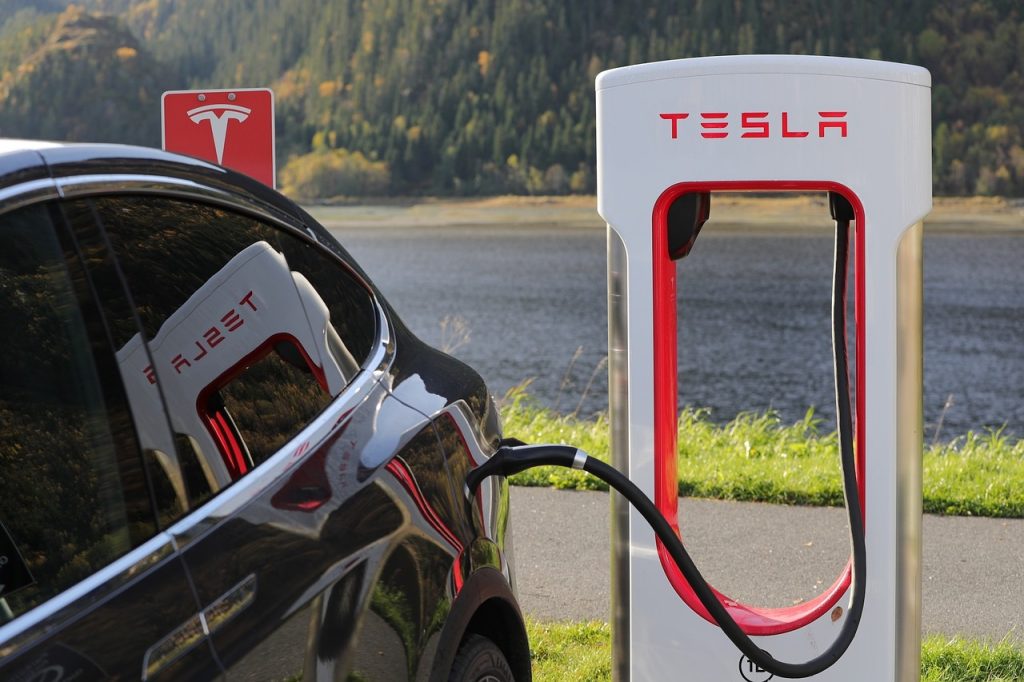How to Plan for a Sustainable EV Charging Network in Your City?
As our cities embrace a greener and more sustainable future, electric vehicles (EVs) have emerged as a promising solution to reduce carbon emissions and combat climate change. However, for this eco-friendly transition to be successful, it is crucial to establish a robust and well-thought-out EV charging network within urban areas.
A sustainable EV charging infrastructure not only supports the adoption of electric vehicles but also encourages the general public to make the shift towards a cleaner mode of transportation. In this blog, we will explore five essential steps to plan for a sustainable EV charging network in your city.

Conduct a Comprehensive Needs Assessment
The first and most fundamental step towards creating an effective EV charging network is conducting a comprehensive needs assessment. This involves evaluating the current state of EV adoption in your city, projecting future demand for electric vehicles, and identifying potential charging hotspots.
Begin by collecting data on the number of EVs currently registered in your city and forecasting how these numbers are likely to grow in the next few years. Consider factors like population growth, government incentives, and automakers’ plans for introducing new electric vehicle models. Collaborate with local businesses, public transport operators, and residents to gather insights on their charging requirements and preferences.
Also Read: This country has the world’s largest high-speed railway network
Identify Suitable Charging Locations
Once you have a clear understanding of the charging needs, the next step is to identify suitable charging locations. These locations should be strategically distributed throughout the city to ensure convenient access for EV owners and discourage range anxiety.
Consider areas such as shopping centers, public parking lots, office complexes, and residential neighborhoods. It is essential to ensure that charging stations are accessible and visible to potential users. Additionally, prioritize areas close to major highways and thoroughfares to support long-distance EV travel and foster intercity connectivity. DC charging stations for example can be strategically placed at gas stations and other convenient places where people are used to “fueling up”.
Opt for Sustainable Charging Infrastructure
When planning for a sustainable EV charging network, it is vital to choose an environmentally friendly charging infrastructure. Opt for charging stations powered by renewable energy sources, such as solar or wind power. This ensures that the electricity used to charge EVs comes from clean sources, further reducing the carbon footprint of electric vehicles.
Additionally, explore the use of smart charging technology that allows for the optimization of electricity usage during off-peak hours. This not only eases the strain on the grid but also encourages users to charge their vehicles when the energy demand is lower, thereby reducing costs.
Collaborate with Stakeholders
A successful EV charging network requires collaboration and partnerships with various stakeholders, including local governments, utility companies, private businesses, and non-profit organizations. Engage with the local government to establish clear policies and regulations regarding the installation and operation of charging stations. Seek support from utility companies to upgrade the power infrastructure and facilitate the smooth functioning of charging stations. Collaborate with businesses to install charging stations in their parking lots, creating a more EV-friendly environment.
Moreover, public-private partnerships can offer innovative funding models for the development and maintenance of the EV charging network, making it a sustainable venture for all involved parties.
Future-Proof the EV Charging Network
As technology continues to evolve rapidly, it is essential to future-proof the EV charging network in your city. This means staying up-to-date with the latest advancements in EV charging technology and ensuring the infrastructure can accommodate them.
Consider the growing popularity of fast-charging stations that can charge an EV battery to a significant percentage in a matter of minutes. Keep an eye on developments in wireless charging technology, which has the potential to revolutionize the EV charging experience. By staying ahead of these advancements, you can ensure that your city’s charging network remains relevant and efficient for years to come.
Also Read: Technology Aids More People in Earning Extra Income: Here’s How
Educate the Public
Furthermore, community engagement and public awareness campaigns play a crucial role in the success of a sustainable EV charging network. Educate the public about the benefits of electric vehicles and the convenience of using charging stations. Organize workshops, webinars, and outreach programs to address concerns and misconceptions related to EVs and charging infrastructure. By involving the community in the transition to electric mobility, you can foster a sense of ownership and pride in building a greener city, encouraging even greater participation in adopting electric vehicles and utilizing the charging network. Together, we can create a cleaner and more sustainable urban environment for everyone.

